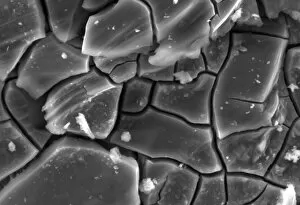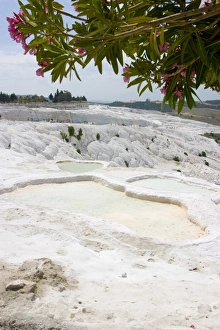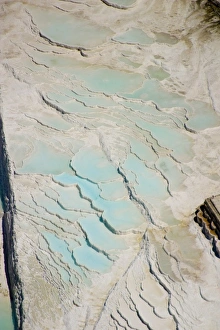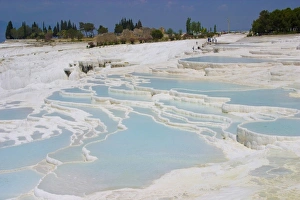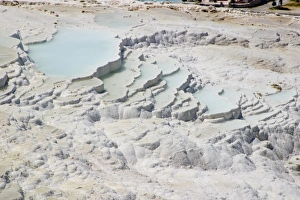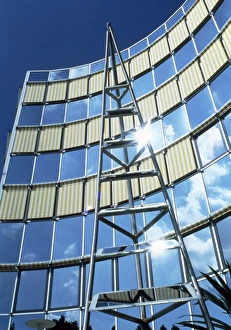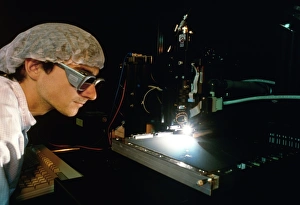Amorphous Collection
"Capturing the Essence of Amorphous: A Journey Through Time and Nature" In Autumn, 1935 (tempera on canvas), the artist skillfully depicted the concept of amorphousness
All Professionally Made to Order for Quick Shipping
"Capturing the Essence of Amorphous: A Journey Through Time and Nature" In Autumn, 1935 (tempera on canvas), the artist skillfully depicted the concept of amorphousness, showcasing its ever-changing nature. The painting portrays a mesmerizing scene of rough waves during the Edo period (1615-1868), symbolizing the fluidity and unpredictability that define amorphous forms. Moving from art to science, we encounter a lump of dark grey Uranium Ore rock. Its irregular shape perfectly exemplifies amorphousness in its rawest form. Similarly, a polished jet shaped into a ball showcases how even through refinement, amorphous materials retain their unique characteristics. Shifting our focus to damaged concrete observed under SEM C015 / 5774, 5775, and 5773, we witness the transformative power of time and external forces on solid structures. These fragmented pieces embody an intriguing blend of order and disorder - qualities often associated with amorphous substances. Venturing into nature's wonders at Pamukkale (ancient Hierapolis) in Turkey reveals breathtaking views of travertine rocks. Their undulating formations epitomize the beauty found within amorphous landscapes. Tourists exploring these majestic terraces alongside vibrant oleander plants further emphasize their allure. Finally, an aerial view unveils an enchanting sight: travertine rocks intermingling with pools at Pamukkale (ancient Hierapolis). This panoramic vista encapsulates both harmony and chaos as water carves intricate patterns through these timeless formations - yet another testament to the captivating essence of all things amorphous. From artistry to geology and beyond, this collection invites us to embrace life's inherent imperfections while marveling at its boundless diversity. Amorphousness is not confined by boundaries.





